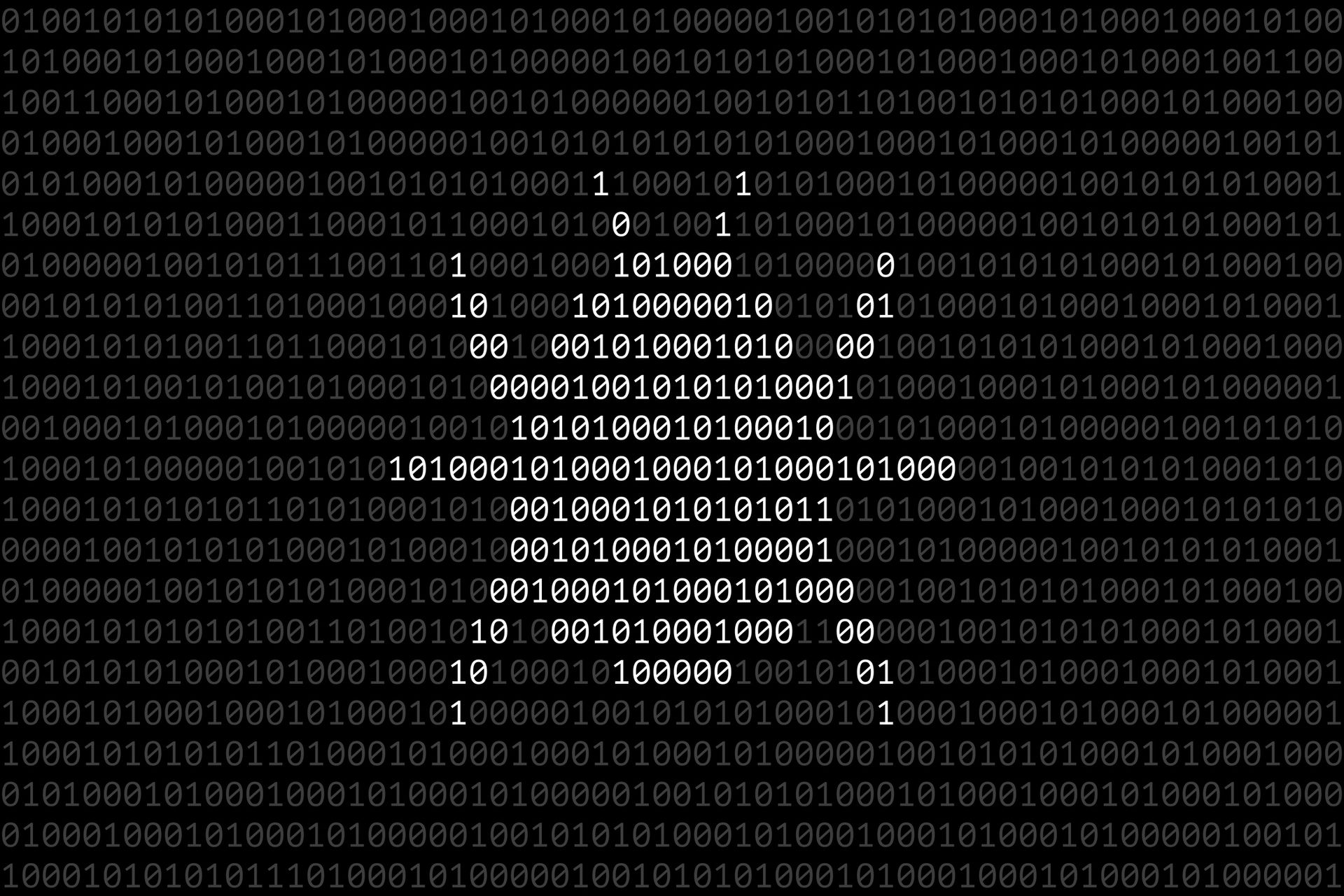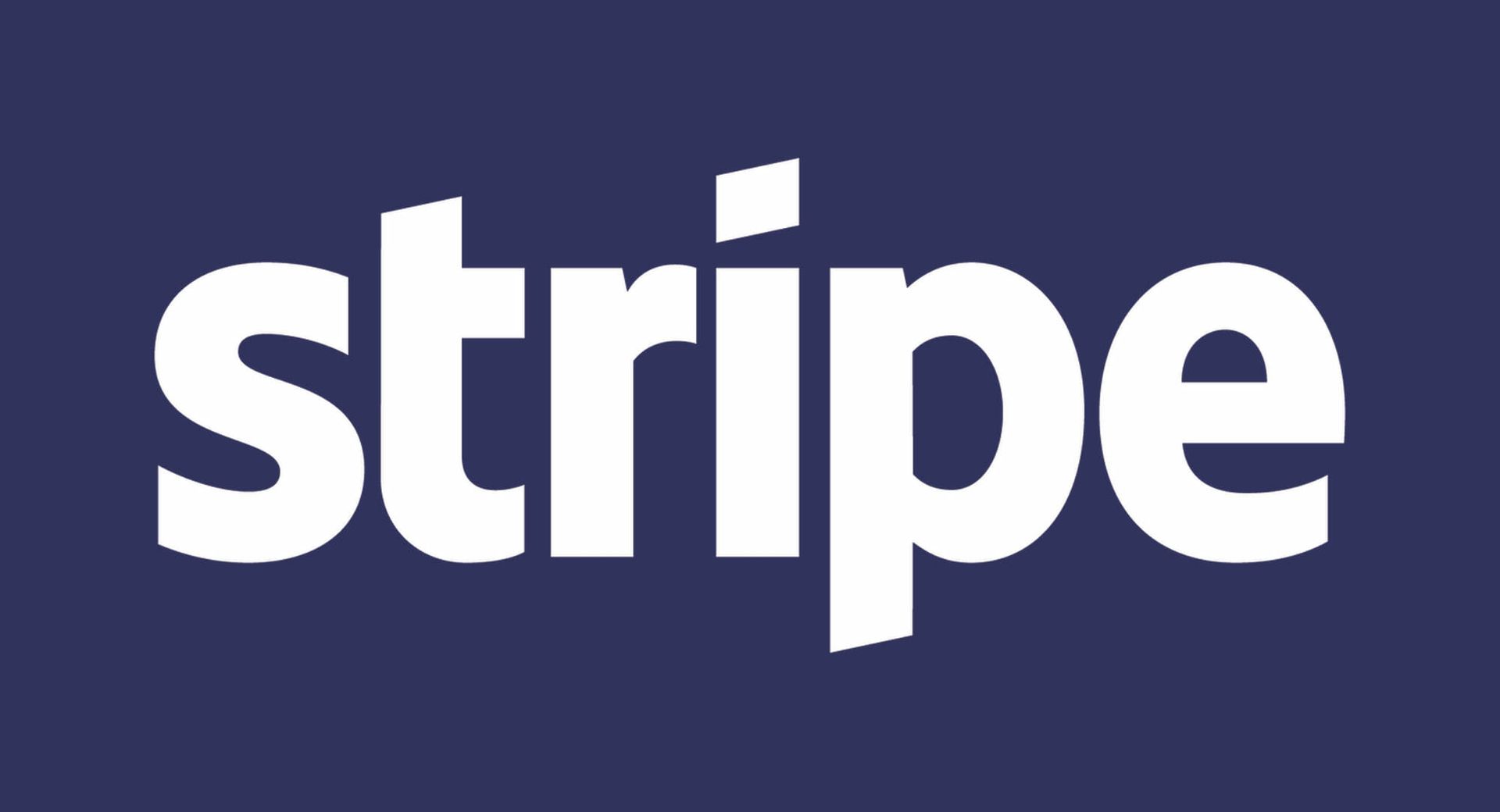Despite record-breaking adoption rates last year, interest in artificial intelligence continues to accelerate. AI is becoming increasingly integrated into core business operations, with many leaders seeking to use AI to completely reimagine current business processes. Today, 72% of companies have integrated AI into at least one business function, and 65% have embraced generative AI specifically.
What’s more, organizations are beginning to develop their own foundational models and AI applications. McKinsey reports that 47% of companies either significantly customized existing models or developed proprietary models last year, with many opting to migrate their AI stack to the cloud for enhanced scalability and security controls. It’s estimated that GenAI is responsible for half of the increase in cloud service revenues in 2024.
However, in the process of cloud migration, organizations can often overlook critical security components. This article will explore the key security elements that companies should prioritize when migrating their AI stack to the cloud.
AI demands security at every layer of the stack
The AI stack refers to the layers of technology that enable an AI system to work, encompassing everything from the computer chip that performs AI tasks to the application itself. The primary layers include:
Integrating robust security protections within and across each layer of the AI stack forms the foundation for trustworthy AI. However, the data and infrastructure layers are particularly prone to poor integration during cloud migration. Organizations need a vendor that offers both security and cloud capabilities to fill this gap.
Cloud-native approaches enable multi-layered AI security
When creating an end-to-end security approach that’s tailored to the demands of modern AI workloads during migration, organizations must incorporate a diverse set of security practices, including vulnerability management, data security, identity and access control, and real-time monitoring and threat detection. These functions must scale to handle the performance demands of AI systems while also meeting the unique security needs of various AI workloads.
There are two main types of AI workloads that organizations must protect:
Security for AI storage, database, and data handling workloads must:
- Use intelligence to analyze threats to sensitive data and expedite remediation.
To enhance AI security and protect VMs, server security should:
- Minimize posture risks with efficient vulnerability scanning, access control, and privilege management.
A secure AI-driven migration requires a security strategy for every type of AI workload. Using a holistic end-to-end security platform approach and integrating security with your cloud provider increases efficiency. Not only does cloud-native security offer system-wide visibility and centralized tooling that reduces AI security complexity without impacting workload performance; it also streamlines the migration process and reduces siloed management experiences. Further, its integration into each infrastructure layer enables more intelligent and accurate threat detection and response, including attack path analysis and automated response.
For IT teams struggling to adapt to evolving AI security demands during cloud migrations, visualizing the security needs across multiple layers of the AI stack can help drive clarity. To learn more about how cloud-native approaches can reduce complexity while enabling more sophisticated threat detection and response, visit Microsoft Defender for Cloud | Microsoft Security.




